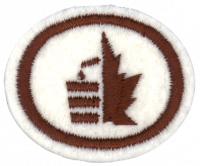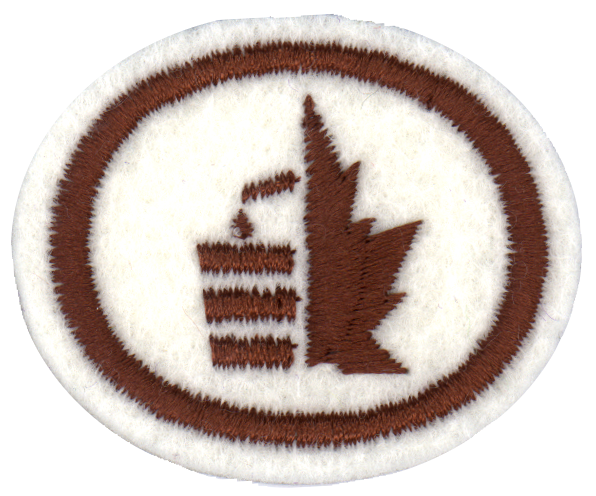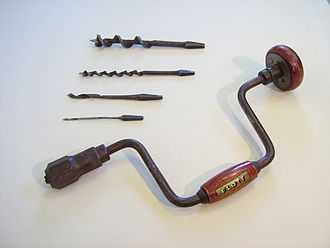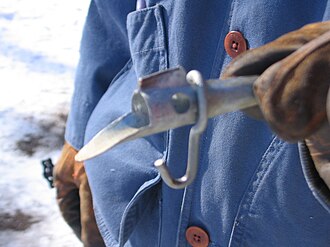Difference between revisions of "AY Honors/Maple Sugar/Answer Key/es"
(Created page with "</noinclude> <!-- 6. ¿Cuán cerca de un viejo agujero del grifo se puede hacer un nuevo agujero? -->") |
(Created page with "{{clear}}") |
||
| Line 19: | Line 19: | ||
{{clear}} | {{clear}} | ||
| − | + | {{clear}} | |
| − | |||
| − | |||
| − | |||
<noinclude></noinclude> | <noinclude></noinclude> | ||
| Line 30: | Line 27: | ||
<!-- 4. ¿Cuán profundo se tiene que taladrar en un árbol de arce para obtener los mejores resultados? --> | <!-- 4. ¿Cuán profundo se tiene que taladrar en un árbol de arce para obtener los mejores resultados? --> | ||
| − | + | {{clear}} | |
| − | |||
| − | |||
<noinclude></noinclude> | <noinclude></noinclude> | ||
| Line 68: | Line 63: | ||
{{CloseReq}} <!-- 7c --> | {{CloseReq}} <!-- 7c --> | ||
{{ansreq|page={{#titleparts:{{PAGENAME}}|2|1}}|num=7d}} <!--T:13--> | {{ansreq|page={{#titleparts:{{PAGENAME}}|2|1}}|num=7d}} <!--T:13--> | ||
| − | <noinclude> | + | <noinclude></noinclude> |
| − | </noinclude | ||
| − | |||
| − | |||
| − | + | <noinclude></noinclude> | |
| − | <noinclude | ||
| − | |||
{{CloseReq}} <!-- 7d --> | {{CloseReq}} <!-- 7d --> | ||
{{CloseReq}} <!-- 7 --> | {{CloseReq}} <!-- 7 --> | ||
{{ansreq|page={{#titleparts:{{PAGENAME}}|2|1}}|num=8}} | {{ansreq|page={{#titleparts:{{PAGENAME}}|2|1}}|num=8}} | ||
| − | <noinclude> | + | <noinclude></noinclude> |
| − | </noinclude> | + | <!-- 8. Decir la forma cómo el azúcar de arce se fabrica a partir del jarabe de arce. --> |
| − | <!-- 8. | ||
| − | |||
| − | |||
| − | + | <noinclude></noinclude> | |
| − | <noinclude | ||
| − | |||
{{CloseReq}} <!-- 8 --> | {{CloseReq}} <!-- 8 --> | ||
{{ansreq|page={{#titleparts:{{PAGENAME}}|2|1}}|num=9}} | {{ansreq|page={{#titleparts:{{PAGENAME}}|2|1}}|num=9}} | ||
Revision as of 13:16, 16 April 2021
Nivel de destreza
1
Año
1989
Version
20.12.2025
Autoridad de aprobación
Asociación General
1
2
3
4
5
6
7
7a
7b
7c
7d
8
9
Warm sunny days above freezing and cold nights below freezing.
10
A full well-proportioned tree in the summer will be a more healthy tree and will produce a better quality and quantity of sap the next spring.
11
30 to 40 gallons.
12
Yummmm! Very sweet!
13
If you can't observe in person (don't live in a Maple Syrup producing area), check Youtube - search maple syrup production - for numerous videos.
13a
Also called a brace, the drill holds the bit that bores the hole in the tree. Many syrup producers still use these traditional "cordless" tools, though others use battery powered ones instead. A regular "corded" drill is not useful unless the tree is near an outlet. In most maple-producing areas, the trees cover a vast area, and would require thousands of feet of extension cords (which would have to be wound through the forest). It is far,less labor to use a brace and bit than to run wire and then collect it again after the holes are bored.
13b
The bit fits into the brace (or into an electric drill) and is used to bore a 7/16 or 1/2 inch hole in the tree.
13c
The spigot is inserted into tap hole to direct the sap from the tree into the bucket. The bucket hangs from it. In the old days these could be made from elderberry branches, as that species of tree has a pithy center in the branches and is easily removed to make a channel for the sap to flow through. They can also be made from 1/2 inch dowel with a hole drilled in it. Metal versions are far more common today than wooden ones, and plastic spigots are more common than metal ones, as they allow the syruper to run plastic tubing from tree to tree to greatly reduce the labor involved in sap collecting.
13d
The bucket is used to collect sap. Most sap buckets are made of metal, but it is possible to use a plastic milk jug. Modern producers often pipe the sap into a large tank at a central collection area.
13e
The bucket cover is used to keep out rain and foreign material. Rain would dilute the sap and require more boiling. The lid is loose-fitting, so it will not keep out insects. Insects are not typically active during sapping season, and when there are enough of them to become a concern, it's about time to quit production anyhow.
13f
The evaporator is used to boil sap so the excess water in the sap is driven off leaving the maple syrup or sugar. Commercial operators have huge evaporators costing thousands of dollars. For small scale production, you can boil it down in the kitchen, but be warned - this will cause a lot of moisture to condense on surfaces in the kitchen. If you have an oven vent that exhausts to the outdoors, use it! You can also boil it down in a kettle on an outdoor barbecue grill.
If you attempt to boil it down in a kettle over an open fire without an evaporator, you can easily ruin the sap by getting smoke in it (yes, it happens).





